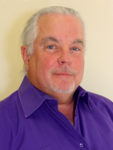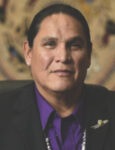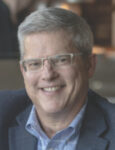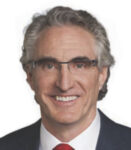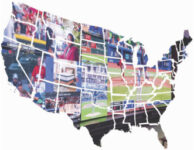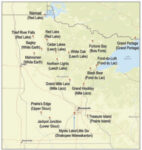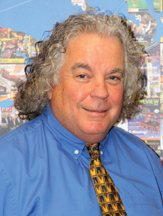
You know you’re getting old when you can remember meeting some of the originators of tribal gaming. And I think I qualify—certainly as old—because I have my memories of the early days.
Frankly, however, I don’t remember the passage of IGRA 30 years ago. In those days, I was covering the gaming industry in Atlantic City and Las Vegas, and the emerging riverboat markets of the late 1980s. Yes, I knew tribal gaming existed, but living primarily on the East Coast, I didn’t get a chance to visit what in those days were large bingo halls.
My first contact came sometime around 1987. I knew Mickey Brown pretty well from his days as a New Jersey regulator, and he told me that I had to come to see his bingo operation in Connecticut. As a Catholic boy, I knew bingo, so I wondered how it could even be compared to the casinos of Atlantic City.
Well, of course, I was wrong. The bingo hall Mickey showed me was the size of two football fields with thousands of seats and dozens of ways to bet. It was truly “high stakes,” and the many acres of surface parking was augmented by hundreds of buses each day hauling players in from Rhode Island, Massachusetts, New Hampshire and other states.
The next time I went there, Mickey was building a casino with table games, but only table games. However, he drew back a length of carpet to show me electrical conduits that would service the slot machines he was certain would come sooner rather than later. And of course, he was right.
Later, in the early ’90s, a friend got a job as a shift boss at Grand Casino Mille Lacs in Minnesota. She invited me up to see her new facility, and I took a tour around the state, visiting the various tribal casinos, large and small. I met Lyle Berman for the first time, and sat down with Marlon Torguson at his Jackpot Junction casino in the wilds of the prairie, amazed at the crowds who had driven from Minneapolis to play. It truly was booming, and opened my eyes to the possibility of tribal gaming.
Then, when we started the Southern Gaming Summit in the mid ’90s, first in New Orleans and later in Biloxi, the Billie family from the Seminole tribe used to attend each year, driving up from Florida in their RVs, and setting up camp in the parking lot of the convention center. I like to think they learned something from those conferences that has helped make them arguably the most successful tribal gaming enterprise in the country.
I didn’t get a chance to visit California often, so I largely missed the developments in the cradle of tribal gaming. But one day I detoured on my way from Las Vegas to San Diego and visited a little town called Temecula. I remember driving down a dusty road a few miles off the interstate and coming upon a huge trailer park, kind of like a city of interconnected manufactured homes. You entered at one side, and each trailer had lines of slot machines from end to end, with short passages between each trailer. The air conditioning might not have been working in one or two of the trailers, but every machine was occupied by a player. Today, Pechanga Resort Casino is one of the most spectacular integrated resorts in the nation, commercial or tribal.
So given the obstacles that have been overcome by tribal government gaming, you might think the challenges are over. Of course, that’s not the case. Encroachment of other forms of gaming (eloquently stated by NIGA Chairman Ernie Stevens on page 8), combined with increased competition and threats to tribal sovereignty, make this era just as tenuous at the early days of Indian gaming. We’ve come a long way, but this is not the time to let your guard down. States are increasingly hungry for tax revenues that can be provided by non-tribal gaming operations. Some states, like California, are ignoring clear violations of compacts.
Stay diligent, stay positive and understand how tribal gaming and its accompanying non-gaming development can continue to provide for your tribes. But remember the past and the sacrifices made by the old guard that got us to this point. They did it for you; you can do it for this generation and at least seven more going forward.






